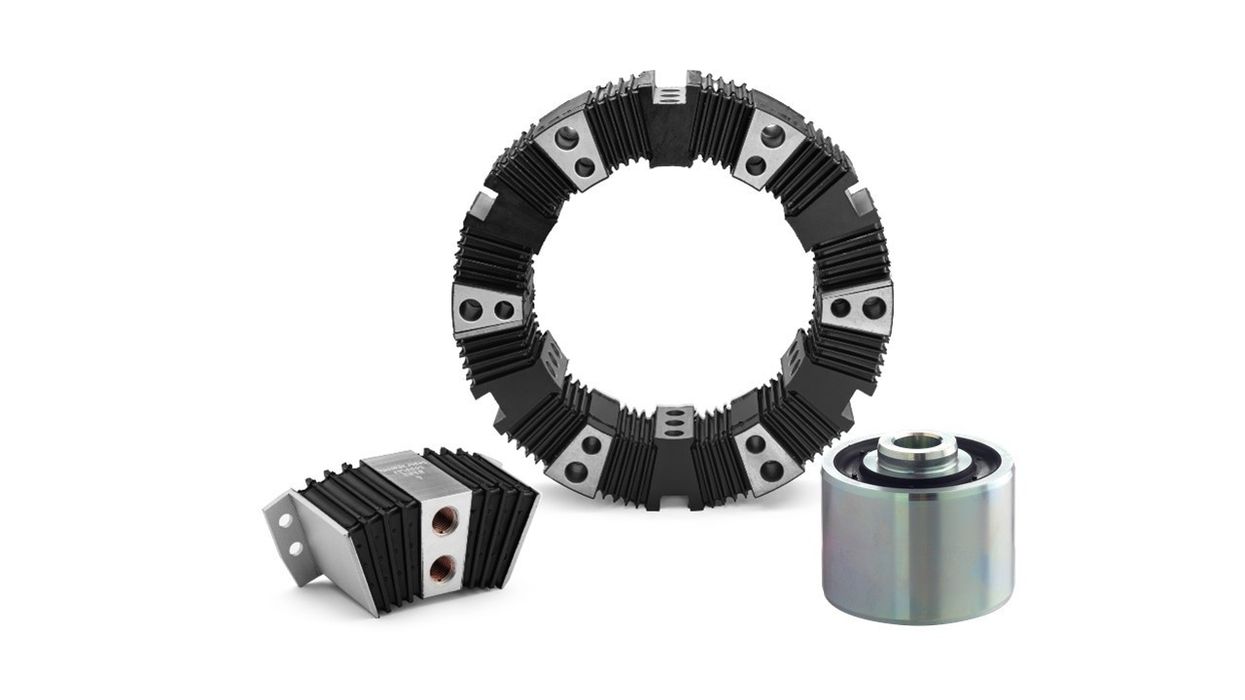In industrial and mechanical applications, vibration can be a significant problem, leading to wear and tear on machinery, reduced efficiency, and increased noise levels. To address these issues, rubber mounts are widely used to provide optimal vibration isolation.
However, choosing the right rubber mounts for your specific needs requires careful consideration of several factors. This article will guide you through the key aspects to consider when selecting rubber mounts to ensure effective vibration isolation.
Understanding Rubber Mounts and Their Function
Rubber mounts, also known as vibration isolators, are devices that use the elastic properties of rubber to absorb and dampen vibrations from machinery. By isolating the source of vibration from its support structure, these mounts help to reduce noise, minimize wear and tear, and improve the overall performance of equipment.
Key Factors to Consider When Choosing Rubber Mounts
- Load Capacity
- The load capacity of a rubber mount is one of the most critical factors to consider. It refers to the maximum weight the mount can support while maintaining its vibration isolation properties. Choosing a mount with an appropriate load capacity ensures that it can handle the weight of the machinery without compressing excessively, which would reduce its effectiveness.
- Environmental Conditions
- The operating environment significantly impacts the performance and longevity of rubber mounts. Factors such as temperature, exposure to chemicals, oils, and ozone can affect the rubber material. It’s essential to select mounts made from rubber compounds that are resistant to these environmental conditions. For example, mounts used in outdoor applications should be UV resistant, while those exposed to oils should be made from oil-resistant rubber.
- Frequency Range
- Different rubber mounts are designed to isolate specific frequency ranges of vibration. Understanding the frequency of the vibrations generated by your machinery is crucial. Low-frequency vibrations require mounts with softer rubber compounds, while high-frequency vibrations need stiffer mounts. Selecting the correct mount for the frequency range ensures maximum vibration isolation.
- Mounting Configuration and Mounts Shape
- The way rubber mounts are installed can affect their performance. There are mounts of various shapes, such as cylindrical mounts, conical mounts, and sandwich mounts. Each mount shape offers different advantages depending on the application and mounting configuration. For instance, cylindrical mounts are versatile and commonly used, while conical mounts provide excellent stability and are suitable for high-vibration environments.
- Dynamic Stiffness
- Dynamic stiffness refers to the mount’s resistance to deformation under dynamic loading conditions. A mount with high dynamic stiffness can withstand significant vibrations without losing its shape, while a mount with low dynamic stiffness is more flexible and can absorb shocks better but will change its shape more under high dynamic loads. The choice depends on the type of vibration and shock your machinery experiences.
- Durability and Maintenance
- The durability of rubber mounts affects their lifespan and the maintenance required. High-quality rubber mounts with good durability reduce the need for frequent replacements, lowering maintenance costs. Additionally, some mounts are designed for easy installation and removal, which can further simplify maintenance procedures.
Steps to Select the Right Rubber Mounts
- Identify the Source and Nature of Vibration
- Begin by analyzing the machinery to identify the sources of vibration and their characteristics. This includes the amplitude, frequency, and direction of the vibrations.
- Determine the Load Requirements
- Calculate the total weight the mounts will need to support, including any additional dynamic forces that may act on the mounts during operation.
- Assess Environmental Factors
- Evaluate the environmental conditions in which the mounts will operate and choose rubber materials that can withstand these conditions without degrading.
- Select the Appropriate Mount Type
- Based on the load requirements, frequency range, and environmental factors, choose the mount type that best suits your needs. Consult with manufacturers or suppliers if necessary to ensure you’re selecting the right product.
- Install and Test
- After selecting and installing the rubber mounts, it’s crucial to test their performance. Monitor the vibration levels, noise reduction, and overall stability of the machinery to ensure the mounts are providing the desired isolation.
Conclusion
Choosing the right rubber mounts is essential for achieving optimal vibration isolation in machinery and industrial applications - get a quote today at Flexibil.com. By carefully considering factors such as load capacity, environmental conditions, frequency range, mounting configuration, dynamic stiffness, and durability, you can select mounts that will effectively reduce vibration, enhance equipment performance, and extend the lifespan of your machinery. Proper selection and maintenance of rubber mounts not only improve operational efficiency but also contribute to a safer and quieter working environment.
















